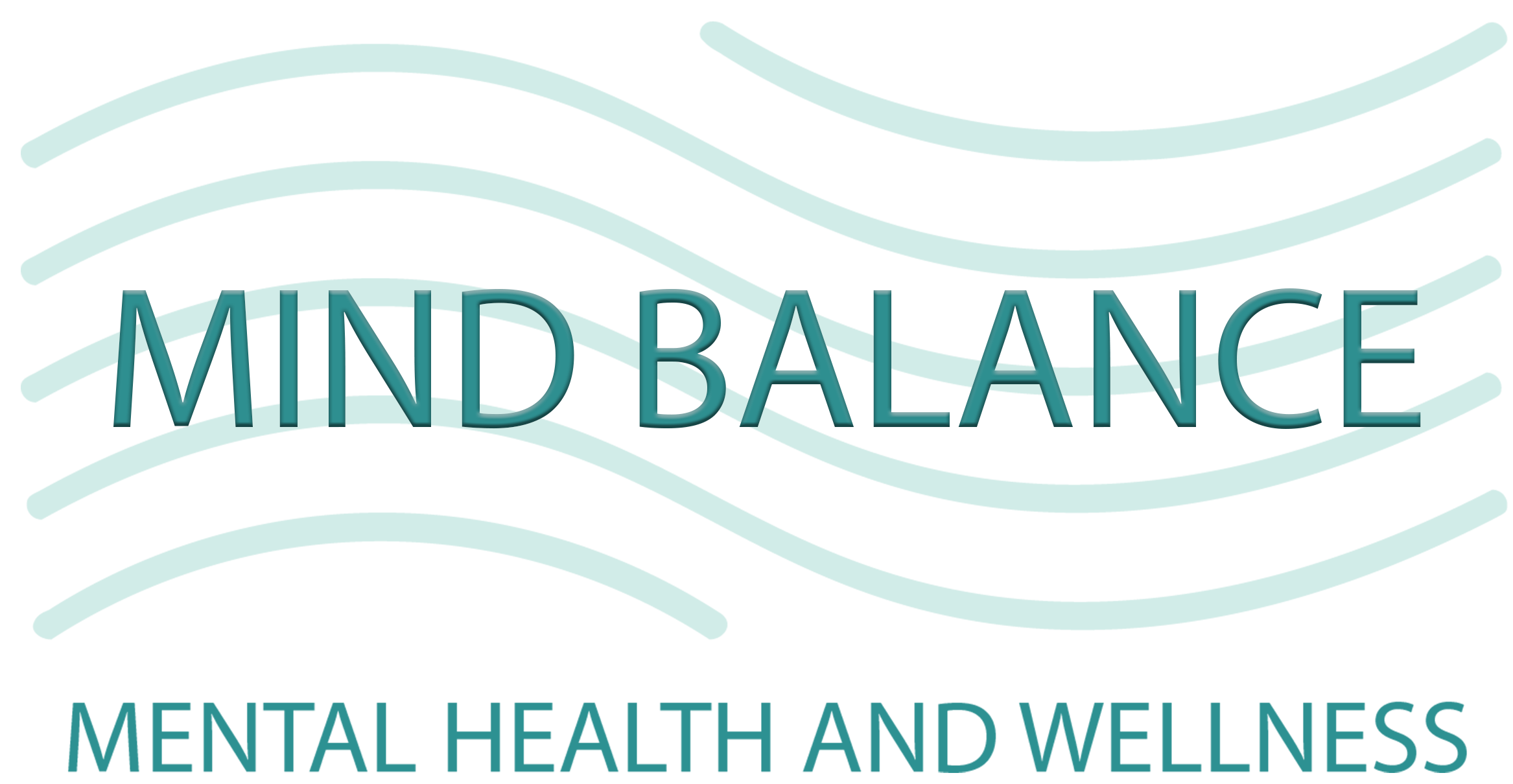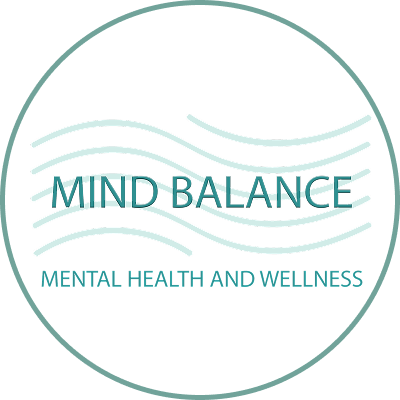Understanding Complex PTSD
Differentiating C-PTSD
Complex PTSD (C-PTSD) is a unique mental health condition primarily arising from chronic trauma, such as prolonged abuse or repeated exposure to distressing experiences. Unlike standard PTSD, which often results from singular traumatic incidents like assaults or natural disasters, C-PTSD stems from ongoing adverse experiences. These may include situations like continuous childhood abuse, domestic violence, or long-term neglect (NHS; Cleveland Clinic).
Experts in psychology often debate whether C-PTSD is a distinct condition. However, the World Health Organization (WHO) recognized it as such in its 11th revision of the International Classification of Diseases (ICD-11) in 2019. This acknowledgment reinforces the understanding that C-PTSD encompasses complex symptoms alongside the core elements of PTSD, including emotional regulation difficulties, impaired self-worth, and issues with interpersonal relationships (Cleveland Clinic; PTSD UK).
| C-PTSD Characteristics | Traditional PTSD Characteristics |
|---|---|
| Chronic trauma, e.g., prolonged abuse | Singular traumatic experiences |
| Difficulties with emotional regulation | Flashbacks, avoidance, hyperarousal |
| Impaired sense of self-worth | Fear and anxiety related to the trauma |
| Interpersonal difficulties | Re-experiencing trauma |
Prevalence of C-PTSD
Complex PTSD affects a significant number of individuals, often linked to high-risk populations that encounter prolonged or repeated traumatic situations. Research indicates that C-PTSD is notably prevalent among survivors of chronic abuse or traumatic environments. Although exact prevalence rates vary, understanding the scope of this condition can help highlight the need for tailored mental health strategies. By recognizing the specific treatment paths for complex PTSD, we can better serve those who encounter this condition and work towards their healing journey.
For those interested in understanding more about related conditions, consider exploring our articles on identifying PTSD in adults after childhood trauma, what makes ADHD different in adults vs. children, and understanding the signs of high-functioning anxiety. These resources can provide further insights into various aspects of mental health challenges and conditions.
Treatment Approaches for C-PTSD
Understanding the effective treatment paths for complex PTSD (C-PTSD) is crucial for those seeking mental health care. At Mind Balance Health and Wellness, we focus on both trauma-focused therapies and medication management to provide comprehensive support for our patients.
Trauma-Focused Therapies
Trauma-focused therapies are essential in addressing the specific needs of individuals with C-PTSD. The main therapeutic approach is Trauma-Focused Cognitive Behavioral Therapy (CBT). Therapists may also employ exposure therapy and eye movement desensitization and reprocessing (EMDR) to assist patients in managing their fears and distressing symptoms (Cleveland Clinic).
| Therapy Type | Description | Benefits |
|---|---|---|
| Trauma-Focused Cognitive Behavioral Therapy (CBT) | A structured, time-limited therapy aimed at helping individuals understand and change their thoughts and behaviors related to trauma. | Increases coping skills and reduces symptoms of anxiety and depression. |
| Exposure Therapy | Involves the gradual exposure to trauma-related thoughts, feelings, and situations. | Helps in desensitizing patients to triggers and reducing avoidance behaviors. |
| Eye Movement Desensitization and Reprocessing (EMDR) | A therapy that helps patients process traumatic memories through guided eye movements. | Facilitates the integration of traumatic memories and reduces emotional distress. |
Choosing trauma-focused therapy allows individuals to process their experiences in a safe environment. It is essential for improving mental health and fostering resilience.
Medication Management
While no medications are specifically FDA-approved for C-PTSD, pharmacological treatments can significantly help manage associated symptoms like anxiety and depression (Cleveland Clinic). Healthcare providers may prescribe certain medications based on individual needs, such as:
| Medication Type | Common Uses | Examples |
|---|---|---|
| Antidepressants | Help alleviate symptoms of depression and anxiety. | SSRIs (e.g., fluoxetine, sertraline) |
| Anti-anxiety medications | Provide short-term relief from acute anxiety symptoms. | Benzodiazepines (e.g., lorazepam, diazepam) |
| Mood Stabilizers | Assist in managing emotional instability and mood swings. | Lithium, lamotrigine |
Medication management, when combined with therapeutic strategies, can be a powerful tool in treating C-PTSD. Our approach emphasizes a balanced treatment plan that addresses both psychological and physiological aspects of the condition, ensuring that our patients receive the highest quality care.
At Mind Balance Health and Wellness, we are dedicated to providing personalized support and effective treatment paths for complex PTSD. Let us help guide you or your loved one through the journey of healing and recovery. For further information, explore our resources on managing bipolar disorder: medication and therapy approaches or identifying PTSD in adults after childhood trauma.
Long-Term Management of C-PTSD
Lifelong Condition
For many individuals, Complex PTSD (C-PTSD) can be a lifelong condition. Managing the symptoms effectively requires a combination of psychotherapy and medication (Cleveland Clinic). The journey toward healing can be long and complex, often requiring personalized treatment paths that adapt to our changing needs.
Research indicates that effective treatment for C-PTSD is a time-consuming process focused on restoring balance between psychopathology and resilience. While the average duration for treatment can be approximately 2 to 3 years, some individuals may experience persistent subthreshold PTSD symptoms that necessitate ongoing support (PMC).
| Aspect | Details |
|---|---|
| Condition | Lifelong for many individuals |
| Treatment Duration | Approximately 2 to 3 years on average |
| Ongoing Support | Necessary for effective management |
Ongoing Support Needs
After the initial treatment for C-PTSD concludes, patients should be offered continuous support. Ongoing care is crucial to help maintain progress and manage any recurrent symptoms. Support can take various forms, including:
- Therapeutic check-ins: Regular appointments with mental health professionals to monitor mood and symptom management.
- Support groups: Engaging with others who share similar experiences can foster community and provide valuable coping strategies.
- Self-help resources: Access to educational materials about C-PTSD to help patients understand their condition better.
By ensuring ongoing support, we can facilitate a smoother transition and empower those living with C-PTSD to navigate their healing journey confidently.
For additional insights, consider exploring our guides on identifying PTSD in adults after childhood trauma and the emotional and physical impact of long-term anxiety. These resources may provide further understanding of the complexities involved in managing mental health challenges like C-PTSD.
Integrated Treatment Strategies
When addressing Complex PTSD (C-PTSD), it is essential to employ integrated treatment strategies that combine different approaches for optimal care. In this section, we will explore the roles of psychotherapy and medication, as well as complementary and integrative health practices, in managing C-PTSD.
Psychotherapy and Medication
Psychotherapy is a cornerstone in the treatment of C-PTSD, helping individuals process their traumatic experiences and develop coping mechanisms. This form of talk therapy can range from cognitive behavioral therapy to more specialized trauma-focused therapies. We advocate for psychotherapy because it addresses the root causes of distress and teaches skills for managing symptoms.
While there are currently no FDA-approved medications specifically for C-PTSD, healthcare providers may prescribe certain medications to help manage specific symptoms, such as antidepressants or anti-anxiety medications (Cleveland Clinic). These medications can complement psychotherapy, making it easier for individuals to engage in the therapeutic process and manage their emotional states.
| Treatment Approach | Description |
|---|---|
| Psychotherapy | Talk therapy addressing trauma history and coping strategies. |
| Medication | Prescribed to help manage symptoms like depression and anxiety. |
It is essential to consult with a qualified healthcare provider to determine the best combination of therapy and medication suited to each individual’s needs.
Complementary & Integrative Health Practices
In addition to traditional psychotherapy and medication, incorporating complementary and integrative health practices can enhance the overall treatment experience. Approaches such as mindfulness, yoga, acupuncture, and nutritional therapy can significantly contribute to emotional well-being and stress management.
These strategies can help mitigate the physical and emotional effects of C-PTSD by promoting relaxation, enhancing mood, and improving overall health. Research has shown that integrating these practices with conventional treatments can lead to better outcomes.
| Complementary Approach | Benefits |
|---|---|
| Mindfulness | Enhances emotional regulation and stress reduction. |
| Yoga | Promotes physical health and mental well-being through movement and breath. |
| Acupuncture | Offers relief from anxiety and stress-related symptoms. |
| Nutritional Therapy | Supports mental health through diet and nutrition. |
Understanding the treatment paths for complex PTSD is critical for effective management. We believe that a well-rounded approach that includes psychotherapy, medication, and complementary practices can offer us the best chance for healing and recovery. By choosing Mind Balance Health and Wellness, we advocate for comprehensive mental health care tailored to our unique needs. For those wanting to learn more about related conditions and their management, check our articles on understanding the signs of high-functioning anxiety and identifying PTSD in adults after childhood trauma.
Healing from C-PTSD
Recovery Process
Healing from Complex PTSD (C-PTSD) is a multifaceted journey that involves various treatment paths tailored to individual needs. Our recovery process acknowledges that while individuals can heal from C-PTSD, the journey may take longer compared to standard PTSD due to the complexity and depth of symptoms experienced. Effective treatment is identified as a time-intensive approach, typically lasting from 15 months to 2 years, with ongoing support required even after formal therapy ends.
| Treatment Duration | Description |
|---|---|
| Average Duration | Approximately 2 to 3 years |
| Typical Weekly Sessions | Weekly sessions tapering as progress is made |
| For Severely Impaired Survivors | Treatment may extend for several years or intermittently throughout life |
Therapeutic engagement often combines evidence-based practices, including trauma-focused therapies like Eye Movement Desensitization and Reprocessing (EMDR) and Cognitive Behavior Therapy (CBT). Both methods have shown considerable efficacy in symptom alleviation and are often recommended as first-line interventions (PMC). It’s essential that our recovery strategies adapt to the specific needs of individuals, emphasizing the dynamic relationship between personal history and environmental factors impacting the healing process.
Efficacy of Therapeutic Interventions
Our approach to therapy heavily emphasizes the efficacy of various interventions. For individuals dealing with C-PTSD, treatment efficacy can be enhanced by selecting appropriate therapeutic methods based on individual circumstances. EMDR has been noted to be particularly effective in reducing anxiety and PTSD symptoms, and it may be more advantageous than traditional cognitive therapies for some.
Additional therapeutic methods recognized for their effectiveness include:
| Therapy Type | Description |
|---|---|
| Prolonged Exposure (PE) | Helps patients confront trauma-related memories and feelings |
| Cognitive Processing Therapy (CPT) | Focuses on challenging and modifying unhelpful beliefs |
| Narrative Exposure Therapy (NET) | Uses storytelling to process trauma in a safe environment |
The recovery process is not solely about alleviating symptoms; it is aimed at restoring a balance between psychopathology and resilience, ultimately enhancing the individual’s overall quality of life despite ongoing challenges related to their traumatic experiences. The focus on supportive contact post-treatment is crucial, ensuring that patients have the resources needed as they transition into a more stable phase in their lives.
At Mind Balance Health and Wellness, we prioritize these multifaceted treatment paths for C-PTSD, offering a comprehensive approach tailored to our clients’ unique needs. By understanding and expertly addressing the complexities involved in C-PTSD, we can guide our clients toward meaningful healing and recovery. For more information on support strategies, consider exploring topics such as what makes ADHD different in adults vs. children and understanding the signs of high-functioning anxiety.
Role of Environment in Treatment
The environment plays a crucial role in the treatment of Complex PTSD (C-PTSD). By recognizing how different elements affect healing, we can better navigate treatment paths for complex PTSD: what patients should know. Two key phases to consider are the stabilization phase and trauma processing interventions.
Stabilization Phase
In the stabilization phase, creating a safe and supportive environment is paramount. This period focuses on establishing a sense of safety and stability for the individual. During this phase, patients work to develop coping strategies and build a supportive network, which can include family, friends, and mental health professionals.
Effective stabilization may include:
| Component | Description |
|---|---|
| Safe Space | A physical environment that feels secure and free from triggers. |
| Support Networks | Engagement with supportive relationships that encourage healing. |
| Coping Strategies | Development of tools and techniques to manage distress. |
Therapeutic pluralism is endorsed in C-PTSD treatment, meaning multiple therapeutic modalities are utilized according to the unique needs of the patient. This holistic approach acknowledges the connection between individuals and their environments, impacting their recovery journey (PMC).
Trauma Processing Interventions
Once a foundation of stability is established, we can proceed to trauma processing interventions. This stage involves memories and feelings related to past trauma being safely navigated within a supportive setting. Evidence-based therapies facilitate this process and may include Cognitive Behavioral Therapy (CBT), Eye Movement Desensitization and Reprocessing (EMDR), or trauma-focused therapy.
Key aspects of trauma processing interventions include:
| Intervention Type | Description |
|---|---|
| Cognitive Behavioral Therapy (CBT) | Focuses on changing negative thought patterns. |
| Eye Movement Desensitization and Reprocessing (EMDR) | Utilizes guided eye movements to process trauma memories. |
| Trauma-Focused Therapy | Addresses specific trauma-related issues through dialogue. |
Each intervention takes into account the broader ecological factors affecting recovery to enhance efficacy. Understanding the complex interaction between trauma, individual response, and environmental context is vital for maximizing treatment outcomes (PMC).
Seeking treatment at Mind Balance Health and Wellness ensures that strategies for stabilization and trauma processing are integrated into a holistic approach, supporting individuals dealing with C-PTSD in a compassionate and understanding environment.


